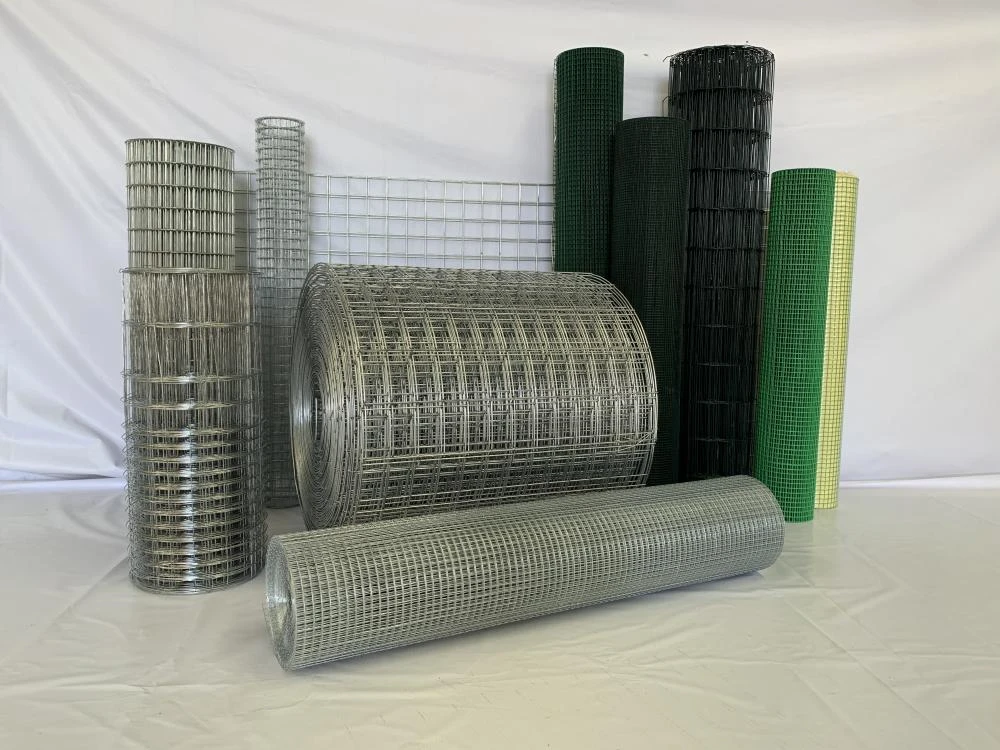Garden Solutions with Small Wire Fencing for Enhanced Protection and Aesthetic Appeal
Small Wire Fencing for Gardens Enhancing Your Outdoor Space
When it comes to gardening, creating a defined space for your plants not only enhances the aesthetic appeal of your outdoor environment but also serves practical purposes. Small wire fencing is an excellent solution for garden enthusiasts looking to protect their plants, separate different areas, and add a decorative touch to their landscapes. This article explores the benefits, types, and installation tips for small wire fencing in gardens.
Benefits of Small Wire Fencing
1. Protection Against Pests One of the primary reasons for using small wire fencing in a garden is to protect your plants from pests. Whether it’s rabbits, deer, or other small animals, a sturdy wire fence can act as a barrier, preventing these nuisances from munching on your hard-earned greenery.
2. Plant Organization Small wire fencing can help delineate different sections of your garden. For instance, if you're growing vegetables, flowers, and herbs, you can easily separate these areas to maintain organization and keep track of your garden's layout. This organization not only makes gardening simpler but also visually pleasing.
3. Soil Retention In areas prone to erosion, using small wire fencing can help retain soil and prevent it from washing away. By creating a barrier, the fencing helps keep the soil in place, providing a more stable environment for your plants to thrive.
4. Aesthetic Appeal Beyond its functional uses, small wire fencing can add a charming decorative element to your garden. Available in various designs, from rustic to modern, wire fencing can complement the overall theme of your garden space, adding visual interest and enhancing its beauty.
5. Easy Installation Unlike larger fencing options, small wire fencing is relatively easy to install. This makes it a convenient option for DIY gardeners looking to add a touch of safety and organization to their space without the need for professional assistance.
Types of Small Wire Fencing
There are several types of small wire fencing available, each catering to different needs and preferences
1. Chicken Wire Often utilized for its lightweight and pliable nature, chicken wire is perfect for keeping small animals out. It’s ideal for planting beds and can be fashioned into various shapes and sizes.
2. Hardware Cloth This type of fencing comes in heavier gauge wire and provides more durability compared to chicken wire. It’s excellent for preventing larger pests and can also be used in areas where strong wind or harsh weather may be a concern.
small wire fencing for garden

3. Decorative Wire Fencing If aesthetics are your priority, you might consider decorative wire fencing. This can come in various intricate designs and finishes, making it a stylish addition to flower gardens while still serving a protective function.
4. Garden Edging Fencing As the name suggests, this type is primarily used for edging garden beds. It provides a clean, defined boundary for your plants while helping to delineate the garden space from surrounding areas.
Installing Small Wire Fencing
Installing small wire fencing is a straightforward process that can be accomplished in a few steps
1. Plan Your Layout Before you begin, sketch out your garden layout. Determine where you want your fencing and how much material you'll need.
2. Gather Your Materials Purchase the appropriate type and amount of wire fencing. You'll also need fence posts, wire cutters, a hammer, and possibly a staple gun or fence staples.
3. Set the Posts Place your fence posts at regular intervals, typically every 4-8 feet, depending on the height and strength of the wire fencing. Make sure to bury them deep enough to provide stability.
4. Attach the Fencing Starting at one end, unfold the wire fencing and attach it to the posts using staples or wire ties. Ensure that there are no gaps at the bottom to prevent pests from sneaking in.
5. Secure the Bottom Edge For extra protection, bury the bottom edge of the wire fencing a few inches into the ground or use landscape fabric to deter tunneling animals.
6. Finishing Touches Trim any excess fencing, and consider adding plants or mulch around the base to enhance the garden's look.
Conclusion
Small wire fencing is an effective and simple solution for enhancing any garden. Whether you seek to protect your plants from pests, create a defined space, or add a decorative element, this versatile option can meet your needs. With its ease of installation and various styles available, small wire fencing can dramatically transform your garden into a beautiful and thriving oasis. So, grab your tools, unleash your creativity, and enjoy the satisfaction that comes from building a secure and organized garden space!
-
Space-Saving Chain Fence Hacks Vertical Gardening with Cyclone MeshNewsJul.16,2025
-
Innovations in Iron Nail Wire Production for Modern ConstructionNewsJul.16,2025
-
Creative Uses of Wire Netting Fence in Modern Landscape DesignNewsJul.16,2025
-
Barbed Wire Fence Innovations in Anti-Climb TechnologyNewsJul.16,2025
-
Architectural Uses of Umbrella Nails for Aesthetic Roof DesignsNewsJul.16,2025
-
Architectural Uses of Razor Barbed Wire in Secure Urban DesignNewsJul.16,2025




